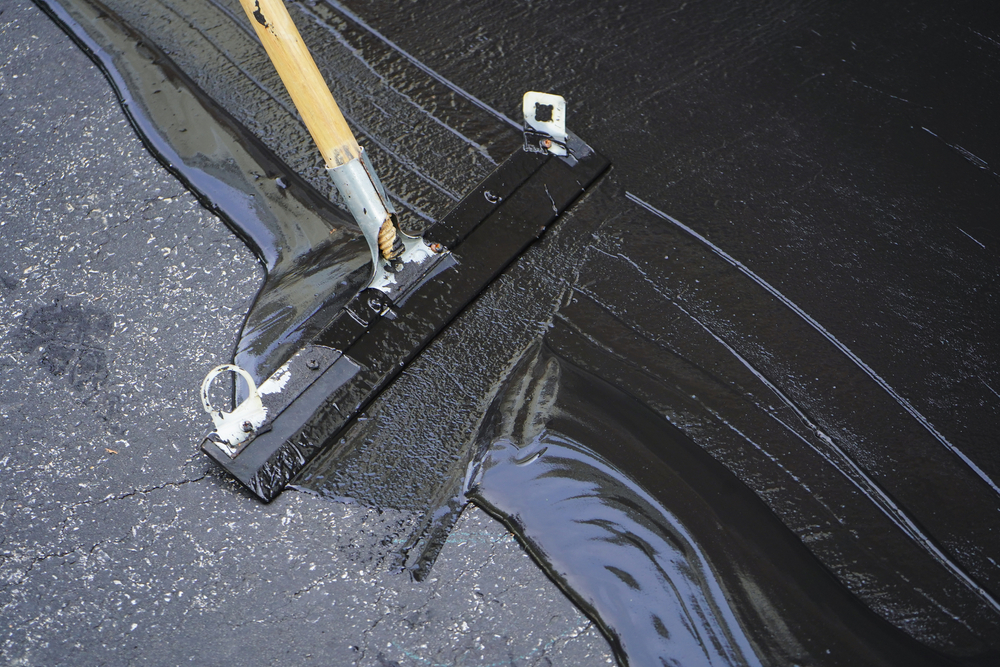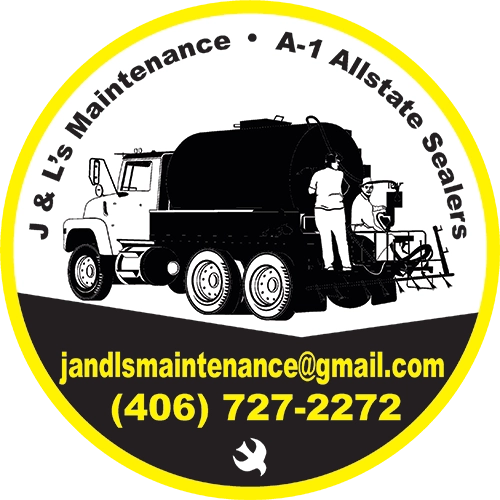
Maintaining a driveway in Montana presents unique challenges due to the state’s harsh winters, freeze-thaw cycles, and intense summer sun. For homeowners and property managers alike, understanding the best approach to asphalt maintenance and determining the optimal sealcoating schedule in Montana can significantly influence driveway longevity and overall curb appeal. Knowing how often to reseal your driveway is not just about aesthetics—it’s a fundamental component of long-term property care and cost management.
The Importance of Driveway Resealing in Montana
Montana’s climate is particularly tough on asphalt surfaces. Heavy snowfall, ice accumulation, and temperature swings can quickly degrade asphalt if not properly protected. Driveway resealing in Montana acts as a barrier against moisture, ultraviolet rays, and chemical spills. Without this protective layer, water can seep into the asphalt, leading to cracks, potholes, and structural weakening as freeze-thaw cycles take their toll.
Resealing enhances the appearance of your driveway, giving it a fresh, dark finish that boosts property value. More importantly, it slows oxidation—a process that dries out the asphalt binder, leading to brittleness and surface failure. Homeowners who prioritize timely asphalt sealcoating in Montana typically spend less on long-term repairs, as resealing prevents minor issues from evolving into expensive restoration projects.
Optimal Sealcoating Schedule in Montana’s Climate
Understanding the right sealcoating schedule in Montana is essential for maximizing driveway lifespan. In general, experts recommend resealing driveways every two to three years. However, Montana’s unique environment may call for adjustments to this timeline.
Harsh winters and hot summers cause asphalt to expand and contract more dramatically than in milder regions. This constant shifting can stress asphalt surfaces, making more frequent sealcoating advisable for some properties. If your driveway experiences heavy vehicle traffic, frequent snow plowing, or exposure to de-icing chemicals, resealing every 18 to 24 months may be ideal.
Seasonal timing is equally critical. In Montana, sealcoating should be performed between late spring and early fall, when temperatures consistently stay above 50°F. This ensures the sealant cures properly and forms a durable, protective layer. Resealing outside this window can lead to poor adhesion and reduced protection.
How to Extend Driveway Life Between Sealcoating
While sticking to a regular sealcoating schedule is key, adopting complementary maintenance strategies can help extend your driveway’s life between resealing sessions. Regular cleaning is a simple but effective way to protect asphalt. Remove debris, leaves, and dirt that can trap moisture and encourage surface deterioration. Washing away oil stains and chemical spills prevents these substances from degrading the asphalt binder.
Prompt crack sealing is another vital step. Small cracks, if left unattended, will widen as water infiltrates and freezes within them. By sealing cracks immediately, you block water entry and prevent significant structural damage.
Avoiding heavy equipment or oversized vehicles on your driveway reduces stress on the asphalt, minimizing deformation. If snow removal is necessary during Montana’s long winters, opt for a plastic shovel instead of metal to avoid scraping away the protective sealcoat.
Lastly, consider applying a high-quality driveway sealer when it’s time for resealing. Not all sealants are created equal, and choosing a premium-grade sealant tailored for cold climates can provide better protection against Montana’s severe weather conditions.
Key Asphalt Maintenance Tips for Montana Homeowners
To optimize your driveway care routine, focus on a combination of preventive and restorative asphalt maintenance tips. Annual inspections are crucial. Walk your driveway each spring to assess for cracks, fading, and signs of wear. Early detection of issues allows you to intervene before extensive damage occurs.
Avoid using rock salt and harsh de-icing chemicals that can accelerate asphalt degradation. Instead, use calcium magnesium acetate or sand to provide traction during icy conditions without compromising your sealcoat.
When planning your resealing project, preparation is just as important as the application itself. Ensure the driveway is thoroughly cleaned and free of stains, cracks are sealed, and the weather forecast indicates dry, warm days ahead. Proper surface preparation enables the sealant to bond effectively, offering maximum protection.
Scheduling resealing during optimal weather conditions not only ensures durability but also enhances safety, as freshly sealed driveways can become slippery if improperly applied during cool, humid, or rainy conditions.
Professional application is often recommended for Montana homeowners unfamiliar with DIY sealcoating. Specialists possess the equipment and expertise to deliver even, long-lasting coverage while identifying underlying issues that may need addressing before sealing.
Why Asphalt Sealcoating in Montana Pays Off
Investing in consistent asphalt sealcoating in Montana is both a financial and aesthetic decision. Although the upfront cost of sealcoating may deter some homeowners, the long-term savings are significant. A well-maintained driveway can last up to 20 years or more, compared to an unsealed surface, which might deteriorate in as little as 7 to 10 years under Montana’s harsh conditions.
Sealcoating improves your home’s curb appeal, making it more attractive to potential buyers should you decide to sell. In regions like Montana, where properties often feature long driveways, this visual enhancement can substantially affect property value perceptions.
Ultimately, the question of how often you should reseal your driveway in Montana depends on your specific circumstances. Standard guidance suggests resealing every two to three years, but high-traffic driveways, severe weather exposure, or visible surface wear may necessitate more frequent attention. By adhering to a proactive maintenance plan—combining sealcoating, crack repair, regular cleaning, and professional assessments—you can safeguard your investment and enjoy a durable, attractive driveway for years to come.
Staying vigilant with asphalt maintenance tips not only extends your driveway’s life but also minimizes costly repairs, keeping your property safe and visually appealing across Montana’s challenging seasons.
Need Asphalt Maintenance & Repair Services Near You?
Here at J&L’s Maintenance, we’re a family-owned business with over 30 years of experience proudly serving the State of Montana. Whether you need parking lot maintenance, snow plowing, or asphalt repair, we’ve got you covered with reliable and professional services. We offer free estimates and stand by the quality of our work, ensuring your project is in the best hands. Don’t hesitate—reach out to us today! We look forward to assisting you with all your asphalt needs.
